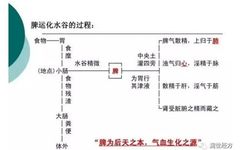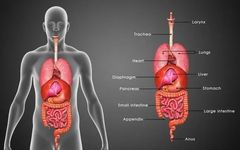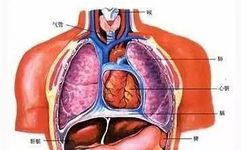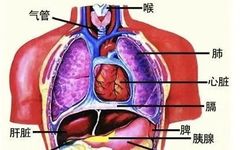The Operational Patterns of the Five Zang and Six Fu Organs in the Human Body
The five Zang organs are responsible for storage and are considered Yin. The Fu organs are part of the digestive system, representing Yang. Within this framework, the Yin Wood corresponds to the liver (Gan), while the Yang Wood corresponds to the gallbladder (Dan). The Yin Fire is associated with the heart (Xin), and the Yang … Read more










